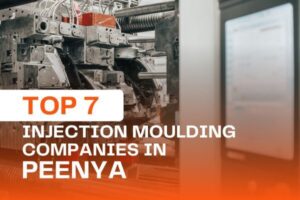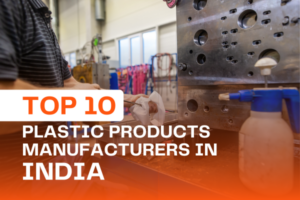
Flawless Finishes: A Guide to Eliminating Flash in Plastic Injection Molding
In the dynamic realm of plastic injection molding, achieving flawless parts is paramount. One common challenge faced by manufacturers is the occurrence of flash – excess material that escapes the mold boundaries, marring the final product. In this comprehensive guide, we explore effective strategies employed by plastic injection molding companies to eliminate flash and ensure impeccable molded parts.
Understanding Flash in Plastic Injection Molding
Flash occurs when molten plastic escapes the mold cavity during the injection molding process. It often results from factors such as mold misalignment, excessive injection pressure, or worn-out tooling. Plastic injection molding companies prioritize the mitigation of flash to maintain product integrity and uphold quality standards.
Key Strategies to Avoid Flash
- Precision Mold Design: Begin with a meticulous mold design. Ensure that the mold components fit precisely, leaving no room for material to escape. Collaborate with experienced plastic injection molding companies that prioritize precision in tooling.
- Optimal Injection Pressure: Regulating injection pressure is crucial. Excessive pressure can force plastic to escape through even the tiniest gaps in the mold. Plastic injection molding companies carefully calibrate and monitor injection pressure to prevent flash.
- Temperature Control: Maintain precise temperature control throughout the molding process. Consistent temperatures prevent uneven material flow and reduce the likelihood of flash. Advanced technologies enable plastic injection molding companies to achieve and sustain optimal temperatures.
- Quality Materials: Utilize high-quality materials with consistent properties. Inconsistent material behavior can contribute to flash formation. Reputable plastic injection molding companies prioritize sourcing materials from reliable suppliers to ensure uniformity.
- Regular Mold Maintenance: Regular maintenance is paramount. Wear and tear on molds can create openings for material to escape. Plastic injection molding companies adhere to strict maintenance schedules, addressing any issues promptly to prevent flash.
- Optimized Cooling Systems: Efficient cooling systems prevent overheating, ensuring that the plastic solidifies uniformly within the mold. Plastic injection molding companies invest in advanced cooling technologies to achieve optimal cycle times without compromising part quality.
- Injection Speed Control: Controlling the speed of the injection process is crucial. Rapid injection can contribute to turbulence, leading to flash formation. Plastic injection molding companies employ sophisticated control systems to regulate injection speed with precision.
- Quality Assurance Processes: Implement robust quality assurance processes. Inspect molded parts regularly to identify and address any flash issues promptly. Plastic injection molding companies often employ automated inspection technologies for thorough and consistent quality checks.
- Collaborative Problem-Solving: Foster open communication between design engineers, mold makers, and operators. Collaborative problem-solving ensures that potential flash issues are addressed at every stage of the plastic injection molding process.
- Invest in Advanced Technology: Embrace cutting-edge technology in injection molding. From real-time monitoring systems to computer-aided simulations, plastic injection molding companies leverage innovative tools to identify and eliminate flash risks before production begins.
Conclusion
Mastering the art of flash elimination in plastic injection molding is a testament to a company’s commitment to quality and precision. By incorporating these strategies, plastic injection molding companies can consistently produce parts free from imperfections, meeting the highest industry standards and exceeding customer expectations.




